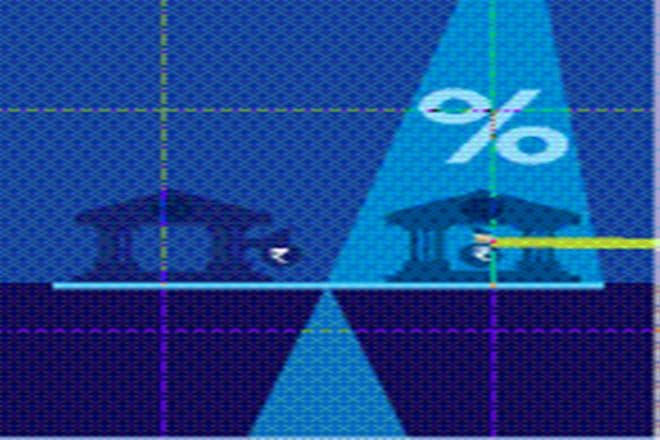As per Reserve Bank of India’s (RBI) release on system-wide lending and deposit rates, fresh lending rates decreased 10 basis points (bps) month-on-month (m-o-m) in March 2019 to 9.7% led by 20 bps drop for PSU banks. Term deposits have started to stabilise around 6.9% post increasing at a slow pace in the past few months. The gap between outstanding loan and fresh loan rates increased to 65 bps. With decrease in repo rate by 25 bps in April 2019 and drop in MCLR rates by some banks in May 2019, lending rates will stabilise.
Weighted average term deposit rates peak at 6.9%
As per the latest data by RBI, term deposit rates were flat m-o-m in March 2019 at 6.9% (up 20 bps y-o-y). Term deposit rates had seen strong upward movement from November 2017 to March 2018 by 20 bps to 6.7% but were flat thereafter with a marginal 15 bps rise until September 2018 to 6.8% and additional 10 bps over 3QFY19.
Wholesale deposit cost (as measured by CD rates) decreased by 20 bps m-o-m in April 2019. Average term deposit rates are broadly similar to term deposit rates (1-2 years) offered by most banks today, slightly lower than rates offered by small finance banks (SFBs). Thus, deposit rates are expected to remain stable over the near term, though gradual rise in the CD ratio may push some private banks to raise deposit rates in an environment of strong loan growth.
Lending rates to stabilise
Fresh lending rates decreased 10 bps m-o-m in March 2019 to 9.7% led by drop in lending to non-banking financial companies (NBFCs) at a steep pace. This was driven by 20 bps m-o-m drop in fresh lending rates of PSU banks to 9.1% while it dropped 5 bps m-o-m for private banks to 10.6%.
Weighted average lending rates were flat m-o-m at 10.4%, similar to past eight months. The increase in MCLR rates slowed down in 4QFY19 post robust increase during May-September 2018. Some banks have decreased MCLR rates by 5-15 bps in March-May 2019. With deposit rates stable, a swift rise in MCLR rates is less likely. Additionally, the focus will shift on the rate of translation of decline in repo rates to lending yields.
The gap between outstanding and fresh lending rates increased 10 bps m-o-m in March 2019 to 65 bps. The gap has been in the range of 50-70 bps over July 2018 – March 2019. Spreads for PSU banks increased m-o-m by 20 bps to 85 bps in March 2019 while that of private banks was broadly flat m-o-m at 45 bps. The gradual rise in yields has led to a situation where spreads between bank funding and bond rates have gradually started to converge.
NIM compression broadly arrested
The gap between weighted average lending rates and fresh lending rates has declined from peak values of 85-95 bps in 3QFY19 to 65 bps. Increase in fresh lending rates is unlikely as most companies focus on higher share of low-yielding retail products and lending to better-rated companies. Term deposit rates have broadly stabilised post recording strong increase in 2HFY18. With gradual revival in lending from
PSU banks (5 PCA banks have exited the PCA framework) and flat loan growth at 13-15%, private banks will gradually soften growth trends leading to reduction in CD ratio (operate at >90% CD ratio). This will reduce pressure on private banks to borrow at higher rates as passing the benefit
was challenging.
Edited extracts from Kotak Institutional Equities Research report

